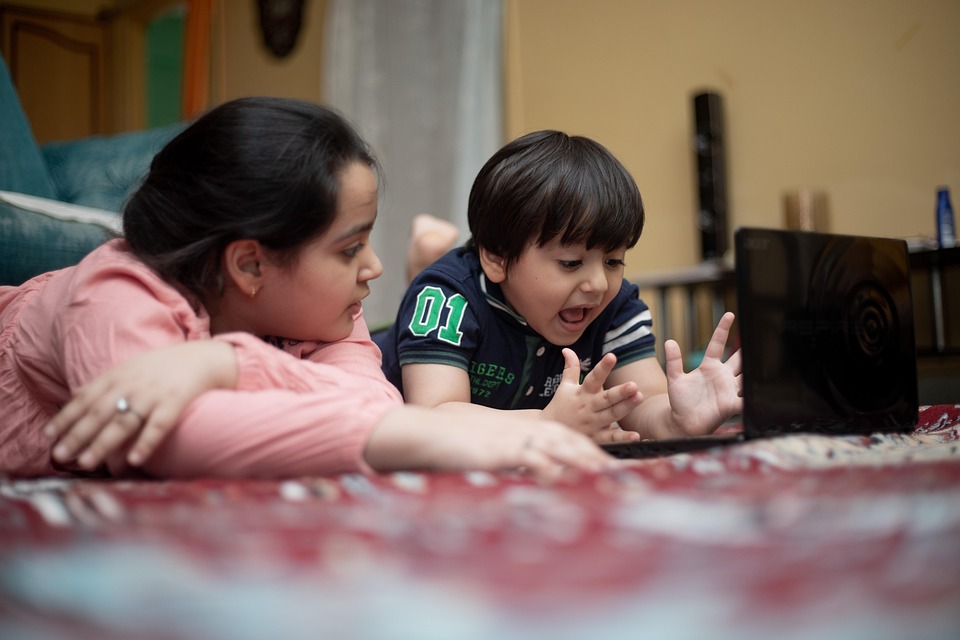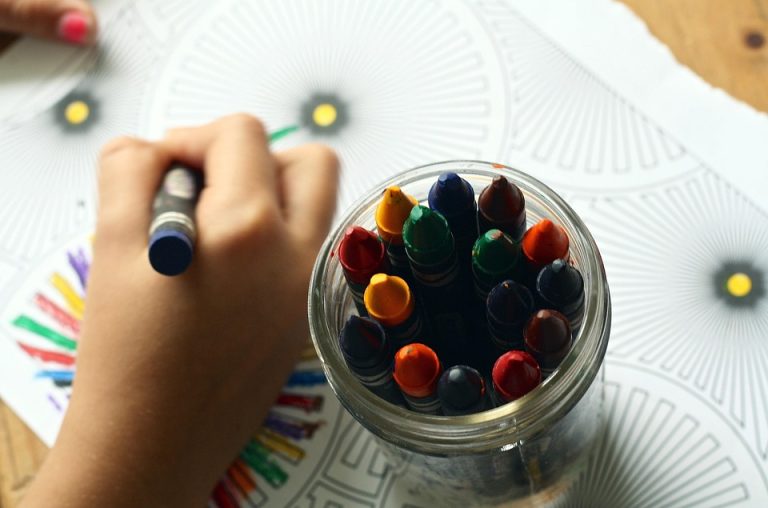Remote learning strategies are practical methods you can use to keep students awake, curious, and actually learning when they’re not in a classroom with you. These tactics shape how you plan lessons, run live sessions, manage assignments, and build relationships across a screen. If you teach, lead a remote program, or support learners at home, these ideas will change the way your virtual room feels — from lonely and flat to lively and effective.
Contents
- Why Remote Learning Strategies Matter
- How I Think About Engagement
- 1. Design Microlearning Modules
- 2. Blend Synchronous And Asynchronous Time
- 3. Make Interaction Intentional
- 4. Personalize With Choice And Relevance
- 5. Use Visuals And Multimodal Tools
- 6. Build Predictability And Clear Routines
- 7. Center Feedback And Peer Learning
- How Teachers Can Start Tomorrow
- Bottom Line
- FAQ
Why Remote Learning Strategies Matter
Remote learning can feel fragile. Without clear design, learners drift. But with the right remote learning strategies, you gain attention, trust, and outcomes. Studies show that active engagement raises retention and performance far above passive watching. When you choose structure, variety, and humanity, your students respond. That’s not theory — it’s classroom-tested practice and research-backed results.
How I Think About Engagement
I believe engagement is not a technology problem — it’s a human problem. You can have the fanciest platform and still lose people. The secret is to make learners feel seen, competent, and motivated. Use tools — not as a crutch — but as a way to amplify your teaching voice. These seven remote learning strategies are simple, repeatable, and rooted in classroom reality. Use them and watch attention translate into achievement.
1. Design Microlearning Modules
Break content into bite-sized units. Microlearning keeps focus sharp and creates constant wins. Instead of a 60-minute lecture, give three 12-minute modules with clear objectives and quick checks. Research in cognitive science supports spaced, chunked learning for memory retention, and learners prefer digestible segments they can complete in a single sitting.
- Start each module with a fast, clear goal.
- End with a concrete task that proves learning happened.
- Keep videos under 15 minutes and toss in a prompt or poll halfway through.
These small, confident steps make your remote lessons feel manageable and motivating. Micro-modules let you mix synchronous and asynchronous tasks without confusing students.
2. Blend Synchronous And Asynchronous Time
Don’t force everything to be live or everything recorded. A smart blend lets you use each format’s strengths. Reserve live sessions for discussion, modeling, and feedback. Use asynchronous time for practice, reflection, and content consumption. When you pair them well, learners come to live sessions ready to do the heavy lifting.
Make a predictable rhythm: pre-work, live workshop, post-work reflection. Students who know the pattern spend less energy figuring out logistics and more on learning. This rhythm also helps families schedule and supports equity for learners with variable access.
3. Make Interaction Intentional
Interaction isn’t optional. Intentional interaction fuels attention. Ask meaningful questions, use quick polls, set micro-tasks, and rotate who speaks. Active learning—problem solving in small groups—produces stronger outcomes than passive lecture. A major meta-analysis in the Proceedings of the National Academy of Sciences found active learning boosts exam scores and lowers failure rates, which means it’s a tool you can’t ignore.
Use breakout rooms with a short, clear deliverable. Give students roles: facilitator, recorder, timekeeper. When the task ends, ask one team to present a 60-second takeaway. These small structures create accountability and real learning.
4. Personalize With Choice And Relevance
People engage when content matters to them. Offer choices: different project formats, topics, or pathways. Let students pick a project that reflects their interests. Personalization increases motivation and the depth of learning.
Keep assessments authentic. Replace some quizzes with real-world tasks: a short video explainer, a community survey, or a mini-portfolio. Give clear rubrics and allow revisions. When students see purpose and receive feedback that helps them improve, engagement follows.
5. Use Visuals And Multimodal Tools
Your voice matters, but your visuals carry memory. Combine short videos, diagrams, audio bites, and interactive slides. Visuals reduce cognitive load and give learners multiple ways to understand the same idea. Platforms like Padlet, Nearpod, and Pear Deck let you sprinkle activities into slides so learners don’t passively scroll.
Create a visual cue system: color-code objectives, use consistent slide templates, and label tasks clearly. These small visual habits reduce anxiety and help learners move through work confidently. When your materials are crisp and intentional, students trust the process and invest more.
6. Build Predictability And Clear Routines
Predictability calms brains so they can learn. Start each session with the same 3-part routine: a warm-up, a tight objective, and a visible agenda. Post norms and timelines where learners can always see them. Clear routines cut down on technical confusion, off-topic chatter, and late starts.
Use checklists and weekly planners. Share a simple one-page guide that tells learners what they must do, when, and why. Predictability doesn’t equal boredom — it frees time for creativity and deeper tasks because you’ve removed friction.
7. Center Feedback And Peer Learning
Feedback is the oxygen of learning. Fast, specific feedback helps learners correct course before confusion becomes fixed. Use low-stakes frequent checks: annotated comments, audio notes, and peer reviews. Teach students how to give useful praise and sharp critique.
Peer learning scales your impact. When students explain ideas to each other, they deepen understanding. Structure peer review with clear prompts and exemplars. Make feedback part of the grade and part of the process. You’ll find engagement grows when learners have multiple, reliable sources of improvement.
Practical Tools That Support These Strategies
Tools are only as good as the teacher using them. Here are reliable, familiar platforms that pair well with the strategies above.
- Video platforms: Loom, Flip, and YouTube for short, student-facing clips.
- Live interaction: Zoom or Microsoft Teams with built-in polls and breakout rooms.
- Asynchronous tasks: Google Classroom, Canvas, and Seesaw for assignments and feedback.
- Collaborative boards: Padlet and Miro for creative group work.
Pick one tool per job and master it. Too many platforms fragment attention. Teach students how to use them, then lock down expectations so technology becomes invisible.
Measuring Engagement Without Guesswork
You can gauge engagement with both quantitative and qualitative signals. Track submission rates, participation in live sessions, and time-on-task data. Pair numbers with narratives: quick surveys, exit tickets, and short student reflections tell you how learners feel and where to pivot.
Set one clear engagement metric and one learning outcome per unit. Watch both and adapt weekly. Small adjustments in design yield big lifts when guided by good data and learner voices.
Addressing Equity And Access
Good remote learning strategies don’t leave anyone behind. Provide low-bandwidth options: downloadable PDFs, audio-only files, and flexible deadlines. Offer asynchronous alternatives for students who can’t reliably join live sessions.
Communicate early with families. Share simple guides for logging in and basic troubleshooting. Partner with local libraries or community groups to bridge technology gaps. Equity is a design choice — plan for it deliberately.
How Teachers Can Start Tomorrow
Pick one strategy from this list and commit to it for two weeks. Don’t try to overhaul everything at once. If you choose microlearning, redesign one lesson into three tight chunks. If you choose interaction, add one pair-share or poll to every session for a week.
Collect student feedback after two weeks. Ask one simple question: “What helped you learn this week?” Use that response to refine. Teachers who iterate fast build trust faster than those who plan forever.
Bottom Line
Bold, human-centered remote learning creates real results. When you use concrete remote learning strategies — chunked lessons, a blend of live and recorded time, intentional interaction, personalization, clear visuals, predictable routines, and strong feedback loops — engagement moves from wishful thinking to measurable progress. You can do this. Start small, stay consistent, and keep learners at the heart of every decision.
Be brave. Make one change today. Your learners will notice.
FAQ
How long should a remote lesson be?
Aim for segments under 15 minutes for video content and 20–30 minutes for live workshops with active interaction. Shorter bursts keep attention and allow for processing time between segments.
How do I handle students who don’t show up live?
Offer a clear asynchronous alternative and a simple check-in process. Record live sessions, provide concise summaries, and require a short reflective task to show engagement. Make re-entry low-stakes and supportive.
What’s the best way to assess learning remotely?
Use a mix: frequent low-stakes checks, performance tasks that mimic real work, and portfolios showing growth. Combine automated quizzes with teacher feedback to maintain rigor without stifling creativity.
How can I keep parents informed without overwhelming them?
Send one weekly digest with clear bullets: what was learned, what’s next, and how parents can help in five minutes. Keep language plain and actionable to build partnership.
References
The U.S. Department of Education provides guidance and research on effective remote and distance learning practices (http://www.ed.gov/remote-learning).
The Proceedings of the National Academy of Sciences published a meta-analysis on active learning and performance in science education (http://www.pnas.org/content/111/23/8410.full).
The World Bank offers research and actionable resources on remote learning and education continuity during disruptions (http://www.worldbank.org/en/topic/education/brief/remote-learning).








